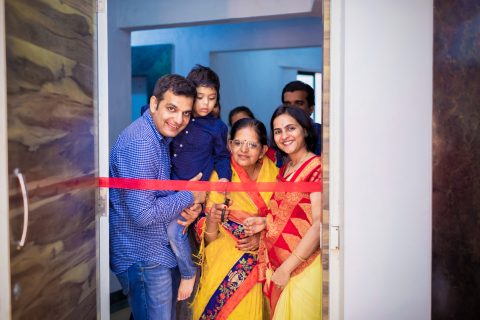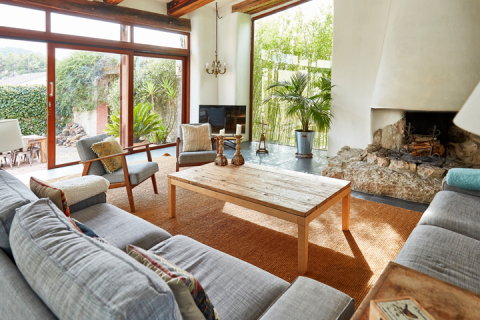We have ushered in uniformity not only at the cost of cultural variety, but also at the cost of exploring judicious alternative design ideas. We have packed construction knowledge into codified textbooks, created professionals, ironed out the differences, possibly not realising that differences are both cultural expressions and local wisdoms. We have ignored and relegated our knowledge systems to the dustbins, adopting many novelties at the cost of familiarities. As such, it is getting difficult to see the range of design ideas practiced hitherto.
In other words, the tragedy of our technologically advancing time is not realising how valid are these design ideas evolved over centuries, which we have termed as katchha, temporary or of economically weaker sections. The modern we all are embracing on, surely has many advantages; however it could do better if time-tested ideas from the past are imbibed.
The thatch hut in the picture, built by its poverty stricken owners and found in a squatter settlement at Gokak, can be ignored by all, but it teaches much to us. To that end, it is an exemplary case study of judicious designs.
The vertical bamboo poles with beams on top support the roof. The horizontal weave of the split bamboo between the verticals provides the horizontal tie, beside holding the wall. Dried twigs of a local shrub, known for long life in the dried form, become the core of the wall, just like steel in concrete.
Fermented sticky mud becomes the external skin on both sides of the wall, applied with hand with rough texture wherein the stone pebbles add strength to the mix and reduce possible erosion of the wall due to lashing rains.
Sound logic
The logic behind every aspect of the hut, built with local materials and knowledge, is astounding, putting many of our modern homes to shame. This concept has found continuity in techniques like that of ferrocement.
Despite the fact that architects and engineers have been introducing attractive house forms, the basic expectations from a house have not changed — enclose space, enable activities, ensure utilities and achieve happiness. Just the way we fulfil these needs, it is a learning experience to study how our ancestors and forefathers successfully faced such challenges.
The idea is not to blindly return to the old methods, which is not feasible anyway; so, exploring the alternative has to continue. While being on this explorative path, we should also look back and rediscover the wisdom of centuries.
This article was originally published on www.thehindu.com dated October 23, 2015.
Image Credit: www.thehindu.com





